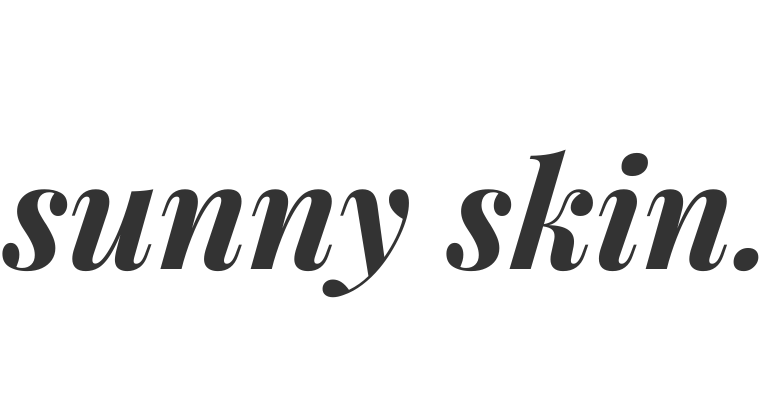
The sun emits UV radiation that breaks down the cells in our skin, leading to signs of ageing and illnesses like cancer. Here's a breakdown of the different types of UV radiation, helping us further understand why SPF is one of the most essential steps in any skincare routine.
There are 3 types of UV rays that each have different effects and protection methods. These are;
- UVA
- UVB
- UVC
UVA and UVB rays are both proven to contribute to skin cancer, and are the two types of radiation that SPF products aim to block.
What is the Difference Between UVA, UVB and UVC Rays?

UVA (Ultraviolet A)
UVA rays have longer wavelengths but lower energy levels than the other types of UV radiation. They're responsible for causing:
SKIN AGEING
Effects:
- Overexposure can cause burning and tanning.
- Penetrates more deeply than UVB rays, damaging the deeper layers of your skin.
- Causes genetic damage to the cells on the innermost part of the skin's top layer, which is where most skin cancers occur.
- Your skin attempts to defend UVA radiation by darkening, resulting in a tan. This can lead to premature ageing and skin cancer over time.
- It accounts for up to 95% of the UV radiation that reaches Earth. Maintaining the same strength during daylight all year round meaning we are exposed to high amounts of UVA rays throughout our lives.
- Penetrates windows and cloud cover.
Similar to UVB, it also:
- Damages skin cell DNA, producing genetic mutations that can lead to skin cancer and premature ageing.
- Eye damage such as eyelid cancers and cataracts.
How to Block:
- Broad-Spectrum Protection label - Before the world knew the dangers of UVA radiation, SPF's only aimed to protect us from UVB rays. Now, ingredients are added that protect us from both types of radiation, giving us protection from a broader part of the light spectrum. SPF's with both UVA and UVB protection will have a 'broad-spectrum protection' label.
- It is the main type of light used in tanning beds as it was once deemed safe. Ensure you avoid this type of tanning. We recommend topical ointments such as a tinted SPF.
UVB (Ultraviolet B)
UVB rays have shorter wavelengths but higher energy levels than the other types of UV radiation. They're responsible for causing:
SKIN BURNING
- Penetrates and damages the outer layers of skin.
- Overexposure can lead to burning, tanning and/or blistering
- Damage is intensified with reflective surfaces like snow or ice, or high altitude environments.
Similar to UVA, it also:
- Damages skin cell DNA, producing genetic mutations that can lead to skin cancer and premature ageing.
- Eye damage such as eyelid cancers and cataracts.
How to Block:
- SPF Rating - The rating of your SPF is a measure of how long your skin takes to redden when the SPF is applied compared to when no SPF is used. The higher the rating, the higher its level of UVB defence is. You can find an SPF Rating to UVA Protection graph here.
- UVB rays do not penetrate glass.
UVC
UVC have a low skin penetration level and are blocked by the ozone layer, preventing them from reaching the Earth’s surface. The only way humans can be exposed to them are from artificial sources like a laser. They are responsible for causing:
SKIN AND EYE BURNING
Effects:
- Can cause skin or eye burns when looking directly at or touching a UVC light source.
- Very low risk of causing skin cancer, cataracts or permanent vision loss
- Exposure injuries are usually resolved in a week with no long term damage
How to Block:
- Never look directly into UVC light sources
- Never touch UVC light sources

To ensure your SPF has good protection from both UVA and UVB radiation, check that it's labelled as ‘broad spectrum’ and has an SPF rating of at least 30. Otherwise, you are exposing yourself to unnecessary yet deep sun damage.
Super Sun SPF50 is not only formulated to protect you from both UVA and UVB rays, but infrared radiation and blue light radiation as well!
